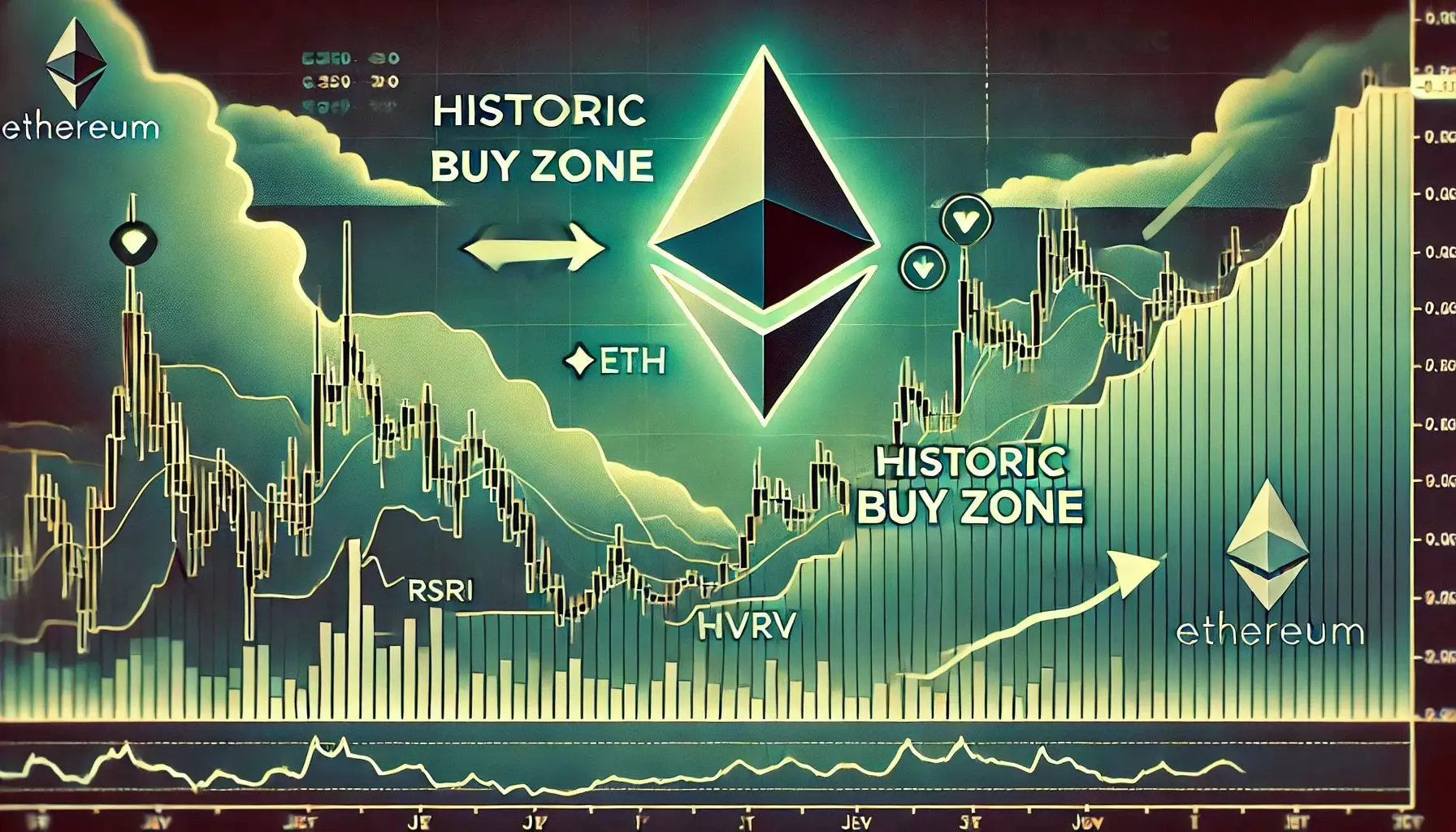In the world of cryptocurrency, few names resonate quite like Ethereum. This digital currency has made headlines not just for its technology and use cases, but also for its extreme price volatility. At this moment, Ethereum finds itself at a critical juncture—trading below essential resistance levels while contending with wider economic uncertainties. With global issues like trade disputes between the United States and China creating volatility, it’s imperative to scrutinize Ethereum’s current predicament and consider the implications for investors. Is chasing after the perceived bargains truly a wise decision, or is it a reckless plunge into turbulent waters?
Economic Factors at Play: A Broader Context
The harsh reality of Ethereum’s market trajectory is closely tied to macroeconomic conditions. Recently, U.S. President Donald Trump’s announcement of a 90-day tariff hold on other nations, excluding China, brings a heightened state of anxiety for global trade. It’s well-known that cryptocurrencies often act as bellwethers for investor sentiment, and increased tariffs typically lead to reduced investor appetite for riskier assets, including digital currencies. Unfortunately, as the geopolitical landscape grows ever murkier, Ethereum’s ability to bounce back is jeopardized by these external pressures.
What many overlook is that the environment we find ourselves in isn’t merely a phase—it’s indicative of growing long-term systemic risks. It’s easy to feel sensational about great buying opportunities when assets dip below certain metrics like the Market Value to Realized Value (MVRV) price band. However, without acknowledging the broader economic uncertainties at play, one can easily be led into a trap—buying into a market that is still under significant stress.
Technical Indicators: The Hidden Dangers
Ethereum is presently dancing around the $1,610 mark, having recently suffered a rather stiff decline from the crucial support level of $2,000—down some 21%. The consensus among analysts is that market pressures have yet to show signs of abating. However, one must tread carefully; as the price continues to consolidate between $1,550 and $1,630, this price compression may appear favorable to the optimistic investor. Yet, it can also indicate that the market is precariously balanced on the edge of a knife.
When examining MVRV metrics, the current positioning indeed suggests that Ethereum is flirting with undervaluation—a tempting notion for the savvy trader. However, history has shown that periods of extreme market pessimism can often lead to longer-lasting downturns rather than the sugar-coated reversals some believe are imminent. The truth remains that all indicators are not created equal; during such significant economic upheaval, relying solely on historic metrics can blind investors to the unavoidable risks that loom larger than any numerical analysis.
Psychological Barriers: More Than Just Numbers
As Ethereum attempts to regain momentum, it’s important to recognize the psychological impact of trading at key levels. The $1,700 and $2,000 markings are not merely price points—they are battlegrounds where market sentiment is tested. If Ethereum can decisively reclaim these barriers, it may just consolidate newfound support and prepare for a potential rally. However, until such a breakout occurs, the constant testing of these psychological levels only serves to contribute to an environment of fear and uncertainty.
Conversely, if ETH fails to hold the $1,550 mark, it could rapidly spiral toward the $1,500 support zone. This scenario would unlikely inspire confidence and could trigger significant sell-offs, further exacerbating the bearish sentiment that is already prevalent. The fragility of Ethereum’s current position cannot be overstated, and the emotional component of investing in such an unpredictable landscape shouldn’t be brushed aside.
The Bottom Line: Time to Reconsider Risk vs. Reward
Amid all this volatility and uncertainty, the allure of acquiring Ethereum at a seemingly discounted rate can be enticing. However, one must question if this is simply a mirage resulting from an oversold market on the verge of potential instability. As analysts are quick to point out potential upside reversals, they often neglect the harsh reality: that continuing geopolitical tensions and economic unpredictability could stifle any bullish sentiments for the foreseeable future.
In turbulent times, the dubious distinction between longing for the thrill of investment gains and the sobering need for cautious strategy becomes ever more stark. With rapidly shifting market dynamics, it is crucial for investors to ask themselves: Is it truly advantageous to jump into Ethereum now, or would patience yield a better opportunity later down the line? While the temptation to act quickly is strong, sometimes standing on the sidelines can be the wisest move of all.


Leave a Reply